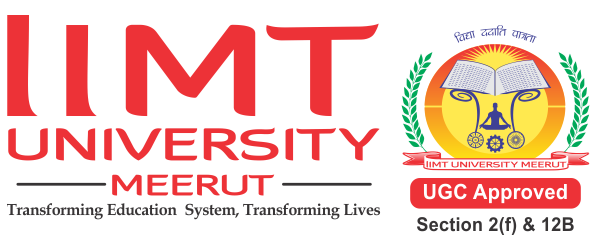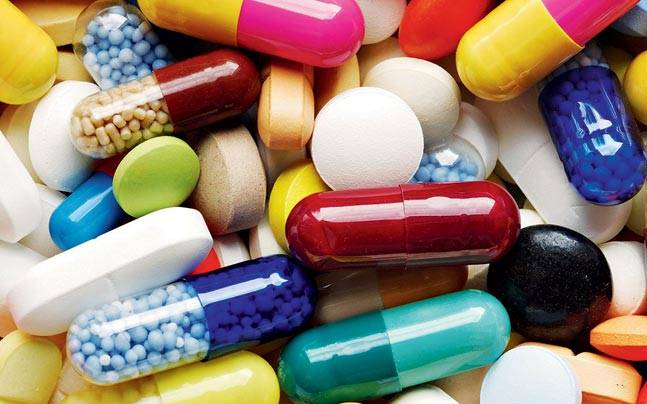Introduction
In pharmaceutical sciences, tablets are the most commonly used oral solid dosage forms. Known for their convenience, accuracy, and stability, tablets are used globally to treat a wide range of health conditions. With advancements like bilayer and multilayer tablets, this dosage form continues to evolve for improved therapeutic outcomes.
Whether you are a pharmacy student, researcher, or healthcare professional, understanding the types of tablets in pharmacy and their unique properties is essential.
Why Tablets Are Preferred in Pharmacy
Tablets are widely used because they offer numerous benefits for both manufacturers and patients:
✅ Advantages of Tablets
-
Accurate dosage and easy identification
-
Long shelf-life and chemical stability
-
Convenient packaging and transport
-
Cost-effective production
-
Patient-friendly formats (e.g., chewable, flavored, coated)
-
Possibility of controlled or sustained release formulations
Common Shapes and Sizes of Tablets
Tablets vary in shape, size, and weight, depending on their composition and intended use. Common shapes include:
-
Round
-
Oval
-
Oblong
-
Triangular
-
Discoid
Types of Tablets in Pharmacy
Understanding tablet types helps in selecting the appropriate form for drug delivery, absorption, and patient compliance.
1. Compressed Tablets
-
Contain active pharmaceutical ingredients (APIs) and excipients
-
Common for oral administration
-
May include diluents, binders, lubricants, and disintegrants
2. Multiple Compressed Tablets
-
Consist of multiple layers or a core within a shell
-
Used for separating incompatible drugs or modifying drug release
3. Sugar-Coated Tablets
-
Covered in a water-soluble sugar layer
-
Mask unpleasant taste or odor
-
Improve appearance and protection
4. Film-Coated Tablets
-
Thin polymer coating
-
Faster to manufacture than sugar-coated tablets
-
Protects the drug from environmental factors
5. Gelatin-Coated Tablets (Gelcaps)
-
Easier to swallow and tamper-evident
-
Popular for dietary supplements
6. Enteric-Coated Tablets
-
Resist stomach acid
-
Disintegrate in the intestine
-
Useful for drugs that cause gastric irritation
7. Buccal and Sublingual Tablets
-
Dissolve in the mouth
-
Buccal tablets: placed between the cheek and gum
-
Sublingual tablets: placed under the tongue
-
Offer rapid absorption into the bloodstream
8. Chewable Tablets
-
Intended to be chewed before swallowing
-
Common for pediatric and geriatric patients
-
Often flavored with mannitol and sweeteners
9. Molded Tablets (Tablet Triturates)
-
Soft, soluble, and made by molding
-
Dissolve quickly under the tongue
10. Dispensing Tablets (Rarely Used Today)
-
Used in the past by pharmacists for compounding
-
Not dispensed directly to patients anymore
Bilayer and Multilayer Tablets: Modern Innovations
With rising demand for combination therapies, bilayer and multilayer tablets have gained prominence in pharmaceutical design.
What Are Bilayer Tablets?
Bilayer tablets contain two layers, each with a specific function:
-
One layer may provide immediate release (IR)
-
The other offers sustained or delayed release (SR/DR)
-
Can also separate incompatible drugs
Benefits of Bilayer Tablets:
-
Combine multiple drugs in a single dose
-
Improve patient compliance
-
Allow controlled drug release
-
Enhance stability and effectiveness
Types of Bilayer Tablets
A. Homogeneous Bilayer Tablets
-
Same drug with different release profiles
-
Used to achieve staged delivery
B. Heterogeneous Bilayer Tablets
-
Two distinct drugs in a single tablet
-
Can target multiple conditions or improve therapeutic synergy
Advanced Tablet Structures
➤ Trilayer Tablets
-
Visibly layered tablets, often with two APIs
-
Enhance brand differentiation and drug targeting
➤ Core-Coated (Compression-Coated) Tablets
-
Core tablet coated with another drug
-
Useful for repeat-action or enteric-coated designs
➤ Inlay Tablets
-
Visible core tablet partially exposed
-
Offers flexible and aesthetic drug delivery design
Limitations of Tablets
While tablets are efficient, they may not suit all cases:
-
Not ideal for patients with swallowing difficulties
-
Slower onset of action compared to liquids
-
Certain drugs require complex coating or formulation
-
Manufacturing can be challenging for low-solubility or low-density drugs
Conclusion
From traditional compressed tablets to advanced bilayer and trilayer systems, tablets remain a cornerstone of pharmaceutical dosage forms. They offer versatility, cost-effectiveness, and the ability to tailor drug delivery for better patient outcomes. As innovation continues, tablets are becoming smarter, more efficient, and more aligned with the needs of modern healthcare.

